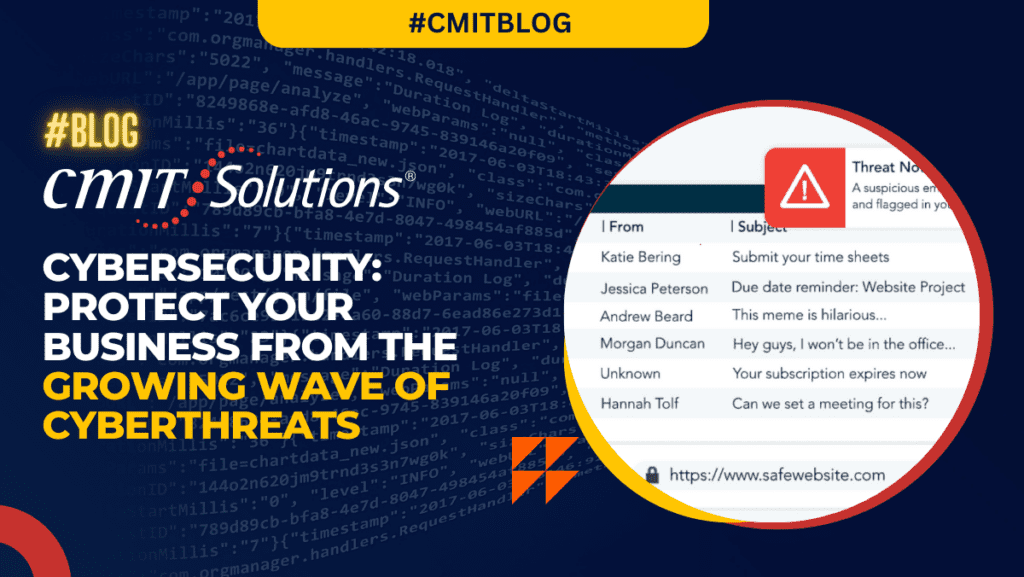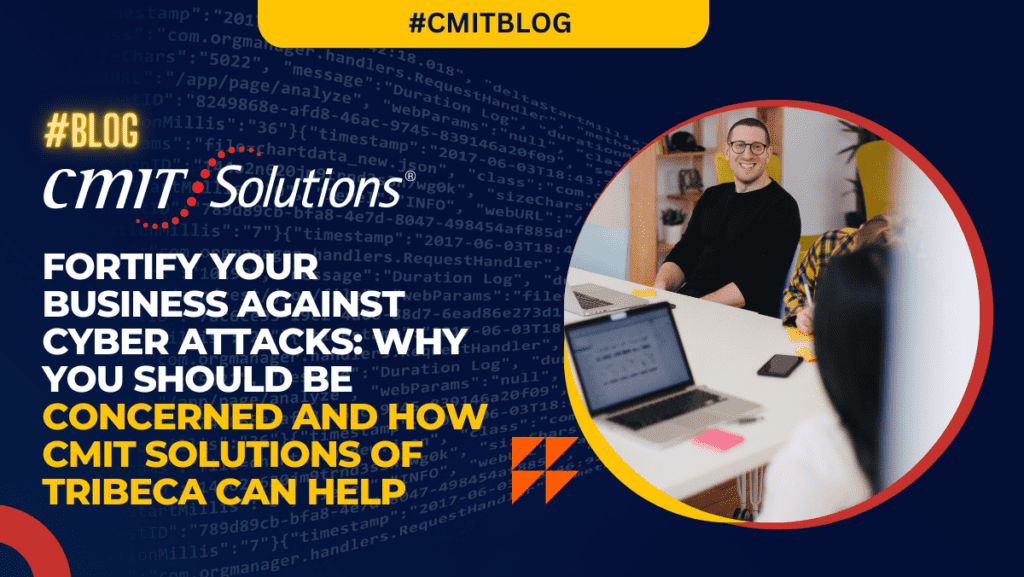Introduction
In the digital age, where information flows seamlessly across the vast landscape of the internet, the intersection of cybersecurity and the media industry is more crucial than ever. As media organizations increasingly rely on digital platforms and interconnected technologies, the need to fortify defenses against cyber threats becomes paramount. In this blog post, we’ll explore the intricate relationship between cybersecurity and the media-related IT industry, examining the unique challenges, advancements, and the imperative of securing the stories we share in the digital realm.
1. Digital Transformation in Media:
The media industry has undergone a profound digital transformation, with news outlets, entertainment platforms, and content creators relying heavily on digital technologies and online platforms. With this digital evolution comes a new set of cybersecurity challenges, including the protection of sensitive information, intellectual property, and ensuring the integrity of news and content distribution.
2. Protection of Journalistic Integrity:
Preserving the integrity of news and media content is paramount in an era of fake news and misinformation. Cybersecurity plays a crucial role in ensuring that media outlets can deliver accurate and unbiased information. Implementing secure content management systems, encryption for communication channels, and measures to prevent unauthorized content manipulation are essential for maintaining journalistic integrity.
3. Secure Content Distribution:
Media organizations face the challenge of securely distributing content across various digital platforms while preventing unauthorized access, piracy, and content manipulation. Utilizing digital rights management (DRM) solutions, secure content delivery networks (CDNs), and encryption technologies help protect media content during distribution.
4. Data Privacy in Journalism:
Journalists often handle sensitive information, and ensuring the privacy of sources and the security of investigative data is crucial for maintaining trust and protecting individuals involved. Encrypted communication tools and secure file-sharing platforms provide journalists with the means to protect their sources and maintain data privacy.
5. Combatting Cyber Threats to News Outlets:
News outlets are prime targets for cyber threats, including ransomware attacks, DDoS attacks, and hacking attempts that aim to disrupt operations or manipulate news content. Advanced threat detection systems, employee cybersecurity training, and regular cybersecurity audits are vital for identifying and mitigating potential cyber threats.
6. Securing Intellectual Property in Entertainment:
The entertainment industry faces the challenge of securing intellectual property, including unreleased content, scripts, and proprietary technologies used in film and television production. Employing robust digital rights management (DRM) solutions and secure collaboration platforms helps protect intellectual property throughout the production and distribution process.
7. Collaboration Tools and Cybersecurity:
Media professionals often rely on collaboration tools for remote work and content creation. Securing these tools is essential to protect against data breaches and unauthorized access. Implementing secure cloud solutions, encrypting data in transit, and enforcing strong access controls contribute to the security of collaborative workflows in media production.
Advantages of Cybersecurity in the Media-Related IT Industry:
1. Protection of Journalistic Integrity:
Robust cybersecurity measures safeguard news content against unauthorized access, manipulation, and dissemination of misinformation, preserving the integrity of journalism.
2. Secure Content Distribution:
Implementing secure content delivery networks (CDNs) and digital rights management (DRM) solutions ensures that media content is distributed securely, protecting against piracy and unauthorized access.
3. Data Privacy in Journalism:
Cybersecurity safeguards the privacy of sources and protects investigative data, fostering trust in journalistic practices and ensuring the safety of individuals involved in news reporting.
4. Combatting Cyber Threats to News Outlets:
Advanced threat detection systems and regular cybersecurity audits help news outlets identify and mitigate cyber threats, ensuring the continuous operation and reliability of news dissemination.
5. Securing Intellectual Property in Entertainment:
Robust digital rights management (DRM) solutions protect intellectual property in the entertainment industry, preventing unauthorized access to scripts, unreleased content, and proprietary technologies.
6. Securing Collaborative Workflows:
Secure collaboration tools and cloud solutions protect media professionals’ collaborative workflows, ensuring the confidentiality and integrity of content during remote work scenarios.
7. Efficient Response to Cyber Attacks:
Having cybersecurity measures in place enables media organizations to respond efficiently to cyber attacks, minimizing downtime, and maintaining the trust of audiences.
8. Ethical Use of Technology:
Cybersecurity measures contribute to ensuring the ethical use of technology, particularly in addressing challenges related to deepfakes and AI-generated content, fostering responsible content creation and dissemination.
Disadvantages and Challenges:
1. Constantly Evolving Threat Landscape:
The dynamic nature of cyber threats requires continuous adaptation of cybersecurity measures, presenting an ongoing challenge for media organizations to stay ahead of emerging threats.
2. Cost of Implementation:
Implementing and maintaining robust cybersecurity measures can be financially demanding, especially for smaller media organizations with limited resources.
3. Balancing Privacy and Freedom of Information:
Media organizations face the challenge of balancing cybersecurity measures to protect privacy while upholding the principles of freedom of information and open communication.
4. Human Factor Vulnerability:
Human errors, such as falling victim to phishing attempts or failing to follow cybersecurity best practices, can introduce vulnerabilities, emphasizing the importance of ongoing employee training.
5. Complex Regulatory Landscape:
Navigating the complex regulatory landscape, including compliance with data protection laws and media regulations, adds administrative burdens and compliance challenges.
6. Emerging Technologies and Ethical Considerations:
The integration of emerging technologies, such as AI and deepfakes, raises ethical considerations that require ongoing attention and adaptation of cybersecurity protocols.
7. Dependency on Third-Party Platforms:
Media organizations relying on third-party platforms for content distribution may face challenges in ensuring the cybersecurity measures of these platforms align with their own security standards.
8. Crisis Management and Reputation Protection:
Cybersecurity incidents, if not managed effectively, can damage the reputation of media organizations. Developing robust crisis management plans is essential for minimizing the impact of cyber attacks.
Conclusion
As the media and IT industries continue to interweave, the importance of cybersecurity in safeguarding information, preserving journalistic integrity, and protecting intellectual property cannot be overstated. The evolving landscape of cyber threats requires a proactive approach, where media organizations embrace advanced cybersecurity measures, stay vigilant against emerging threats, and foster a culture of cyber awareness. By securing the stories we share in the digital space, we ensure that the information disseminated through media channels remains reliable, trustworthy, and free from the pervasive threats of the cyber realm.





